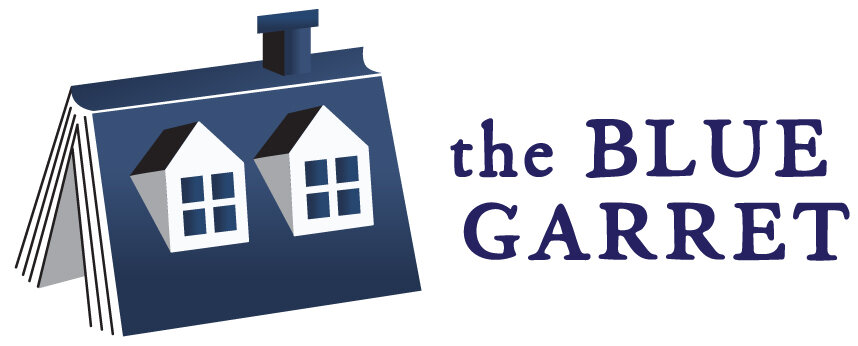How to punctuate dialogue
Punctuating dialogue is a fiddly job, and the typical novel has a lot of it. But the rules in this area are at least straightforward and easy to master.
You know, of course, the most fundamental rule, which is that punctuation always goes inside the quotation marks. Keep reading for three more advanced rules you should also know.
[1] Commas for speech, periods for action
If your dialogue tag involves speech or voice (said, asked, answered, whispered), use a comma at the end of the dialogue line. But if your dialogue tag involves action (looked, smiled, shrugged), end the dialogue line with a period and start a new sentence.
EXAMPLE:
“Please tell me you didn’t use up all of the sriracha,” Jane whispered, staring at Joe with desperate eyes.
“Of course not! What kind of monster do you think I am?” He smiled at her, pushing aside the cartons of takeout food to reveal the bright-red bottle.
Why? A dialogue tag includes a subject and a verb. When you use a comma to connect the dialogue tag to the dialogue line, you are making the dialogue itself the object of the action. Jane, desperate for her favorite hot sauce, whispers her words to Joe. However, Joe does not smile his words to Claire; he speaks them, with a smile.
[2] Don’t capitalize after ? or !
If your dialogue line ends with a question mark or exclamation mark, don’t capitalize the dialogue tag that follows it as long as it abides by rule one, above.
EXAMPLE:
“Of course not! What kind of monster do you think I am?” he yelled, pushing aside the cartons of takeout food to reveal the bright red bottle.
Why? Because the dialogue line functions grammatically as the object of the verb yells, “he yells” is part of the same sentence as the dialogue line.
[3] No further punctuation after — or . . .
If your dialogue line is cut off with a dash or trails off with an ellipsis, don’t use any further punctuation after the dash or ellipsis.
EXAMPLE:
“You’re not a monster . . . I just . . . I just . . .” Jane covered her face with her hands and sobbed.
“I see what’s going on now,” Joe said gently. “Darling, I think you might have a prob—”
“I do not have a problem!” Jane shouted, grabbing the bottle of sriracha sauce and running from the room.
Why? Dashes and ellipses used in this way signal that a sentence or phrase is incomplete. Adding an additional punctuation mark at the end undercuts this signal.
Keep these rules in the back of your mind, but don’t worry too much about them as you draft. Get that sparkling dialogue down on the page and then fine-tune your periods and commas.
Check out our Resources page for more in-depth articles on writing, revising, polishing, and publishing your novel. Sign up for our weekly newsletter for fresh content, and you’ll also get our free PDF with recommended reading for writers!

